The Top Compliance and Security Gaps Camps Overlook
When most people think about preparing for camp season, they picture rosters, registration, and check-in. For IT and compliance leaders, the list looks different: protect sensitive health and financial data while keeping systems running smoothly.
The challenge isn’t that camps ignore security. It’s that many of the tools in use today weren’t designed with compliance as a priority. These are the most common gaps we see, along with practical ways to close them before families arrive.
1. Data access that’s too wide open
It’s common to find seasonal staff with access to information they don’t need. Counselors viewing medical histories or part-time staff seeing financial data creates unnecessary risk.
Fix it before spring
Review access before each season. Permissions should be role-based, with directors, nurses, counselors, and finance staff seeing only what’s relevant to them.
2. Vendors without SOC 2, HIPAA, or FERPA alignment
Some camp systems were built for scheduling or basic registration and never developed controls that align with major security standards. That can leave you out of step with SOC 2, HIPAA, or FERPA until it shows up in an audit or breach.
Fix it before spring
Ask your vendor for certifications and documentation. If they can’t provide clear evidence, consider that a red flag.
3. Weak authentication
Shared logins or single-factor passwords still turn up far too often in camps. They expose sensitive data and eliminate accountability.
Fix it before spring
Require unique logins for every staff member and enforce multi-factor authentication for health and financial data access.
4. Missing audit trails
Without a record of who updated what and when, accuracy can’t be guaranteed. In a compliance review or an incident, that lack of transparency creates major problems.
Fix it before spring
Choose systems that automatically log changes to health records, medication logs, and financial transactions. Those logs should be easy to view and not buried deep in the backend.
5. No offline plan
Internet access isn’t guaranteed at camp. When it fails, staff need a way to view allergies, medications, and emergency contacts without delay.
Fix it before spring
Create a process for offline access. Secure, downloadable rosters with health details should be ready before each session.
6. Contracts that shift liability
Vendor contracts often leave responsibility with the camp. If breach response, data ownership, or retention policies are vague, you may be left exposed.
Fix it before spring
Review contracts carefully. Ask vendors to explain, in plain terms, what happens if there is a breach, who owns the data, and how long it is stored.
Why this matters
These aren’t minor technical oversights. They affect camper safety, staff accountability, and parent trust. Addressing them before the season lowers risk and gives your team a smoother, safer start.
For a deeper breakdown of compliance and security practices, download the CampDoc 2025 Buyer’s Guide.
- 👉 Download the full decision guide for IT checklists and examples you can use now.
- 👉 Prefer a walk-through? Talk with our team and we’ll map these fixes to your setup.



